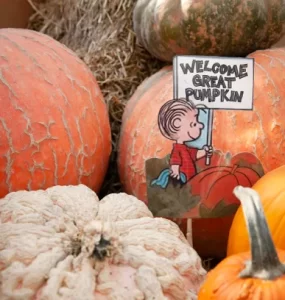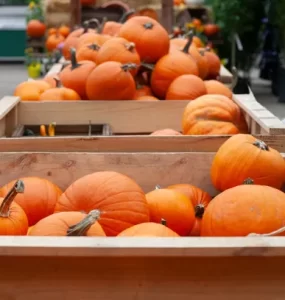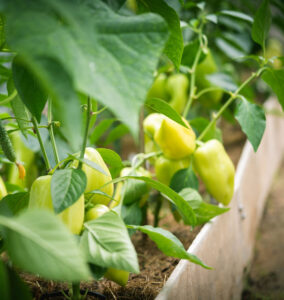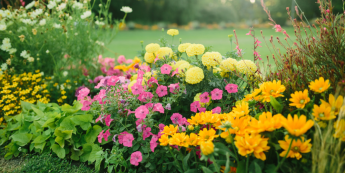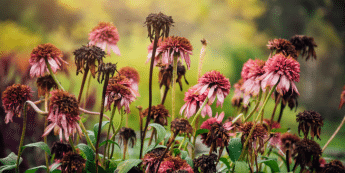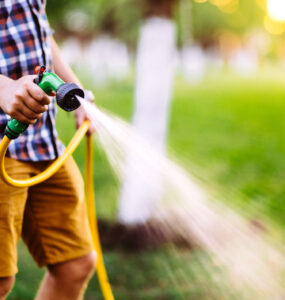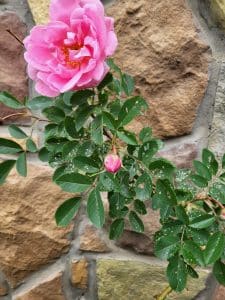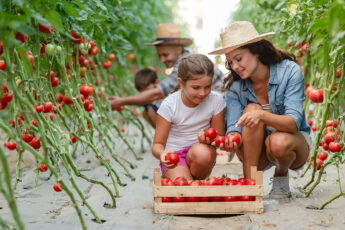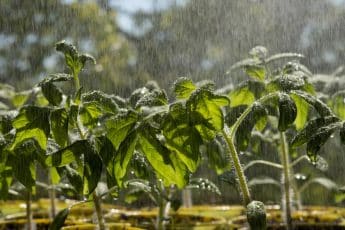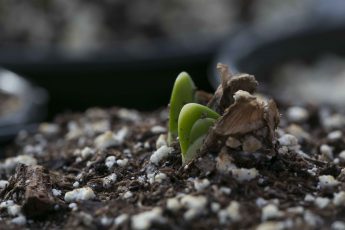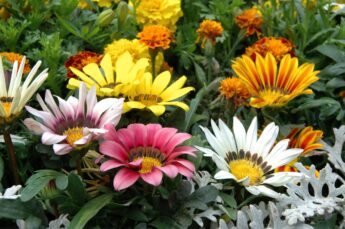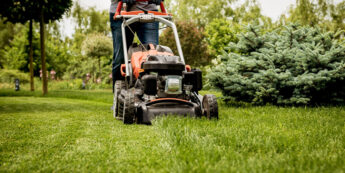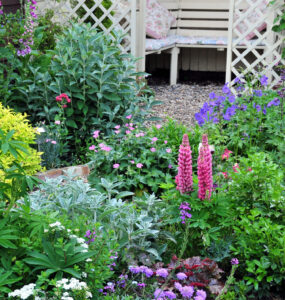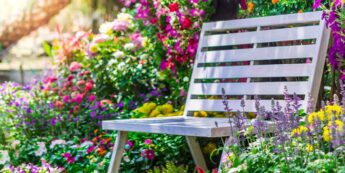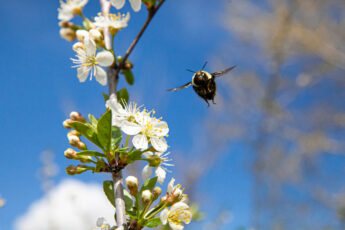Growing Peas & Beans
by Rob Sproule
Watch videos on How to grow your own food Here
When humans decided to stop following mammoths around and starting throwing seeds into the ground for food, beans was one of the first things they grow. They’re one of the oldest, most common (a bean or close relative is native to every continent except Antarctica), and nutritious veggies on Earth.
Luckily for us, they are also easy to grow. They’re so easy in fact, that they produce their own fertilizer.
Pound for pound, beans pack a bigger health benefit that almost anything else. They are full of protein, fiber, and calcium. The United States Department of Agriculture ranks them as the #1 best antioxidant food.
From Seed to Seedling
I suggest direct seeding legumes right into your garden or container. You can either buy the seeds or save them from the previous year. If you’re buying them, have some fun and look around. Unusual varieties are sometimes tastier and healthier than the old standbys.
There’s a wonderfully nostalgic feeling about planting bean and pea seeds. Push the seed into the soil to your first knuckle and gently cover it, pat it, and water it well. They germinate easily but soaking them overnight before planting will speed things up.
Although some beans are more cold tolerant than others, they all hate frost. Plant your broad beans after the last frost and your bush and pole beans a week or so later.
If you’re planting bush beans (it will tell you on the seed package), make a ridge of soil a few inches high and plant them and 3 inches apart from each other. Try to point the eye downward. After they germinate you may need to thin a little.
The ridges are so the roots drain easier and are slightly insulated from the cold, deep soil. When you water them try not to splash mud onto the leaves or fungus may set in.
Climbing vines need more space and, because they grow like mad, a good sized trellis. This is especially true for my wife’s favourite bean, the delicious Scarlet Runner.
While climbing beans make a big statement in a container that’s set against a trellis, bush beans aren’t as visually appealing and are better suited for a garden or (ideally) a raised bed.
Once they’re established, all beans will appreciate some mulching to keep their roots moist and to help prevent fungus and disease.
Some people plant peas to eat as nutritious sprouts. To do this, wait until there are 3 layers of leaves (usually at about 4-6″ tall) and snip off the top 2 layers, leaving the bottom one. You can enjoy the sprout while the pea plant has enough leaves left to keep growing towards another harvest.
From Seedling to Eating
Peas prefer cooler temperatures than beans and can be planted earlier. You can plant them as soon as you can work the soil, well before the last frost, and they will germinate quite happily.
While beans love the full sun, try to provide your peas with some shelter from the afternoon scorch. They are an excellent beside a hedge or shrub bed alongside cooler crops like spinach.
Make sure to grab some inoculates when you buy your seeds. Inoculate is actually a micro-bacteria that clings to legume roots and allows them to fix usable nitrogen right out of thin air. It’s yet another example of how plants are simply amazing!
Using inoculations means that you can fertilize your legumes less than other crops. It also means that they leave nitrogen in the soil for the next vegetable rotation to enjoy. This is why it’s savvy to plant nitrogen lovers like cauliflower and cabbage in the spot where the beans and peas were the previous year.
Harvest and Enjoy
Like most veggies that are borne from flowers, bean plant will slow or stop producing new blooms if it thinks its job is done. Over-ripe beans on the vine will lead to no flowers and no new beans.
Luckily, peas and beans taste sweeter before their shell toughens up.
To avoid this, cut your bean off the vine (never yank) before the shell gets tough. Leave an inch or stem on the bean and the nutrients will continue to feed it.
Peas are always sweeter fresh from the vine. They will be ready for picking at the bottom of the plant first. When the pod is shiny and puffy and you can feel round peas inside, pinch it off and enjoy. When I graze in the garden for peas most of them never make it inside the house!


